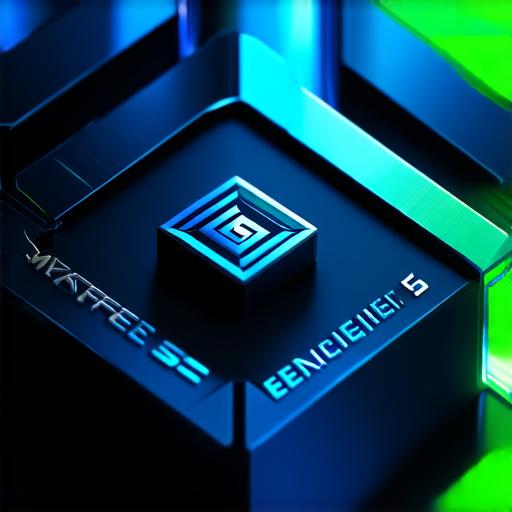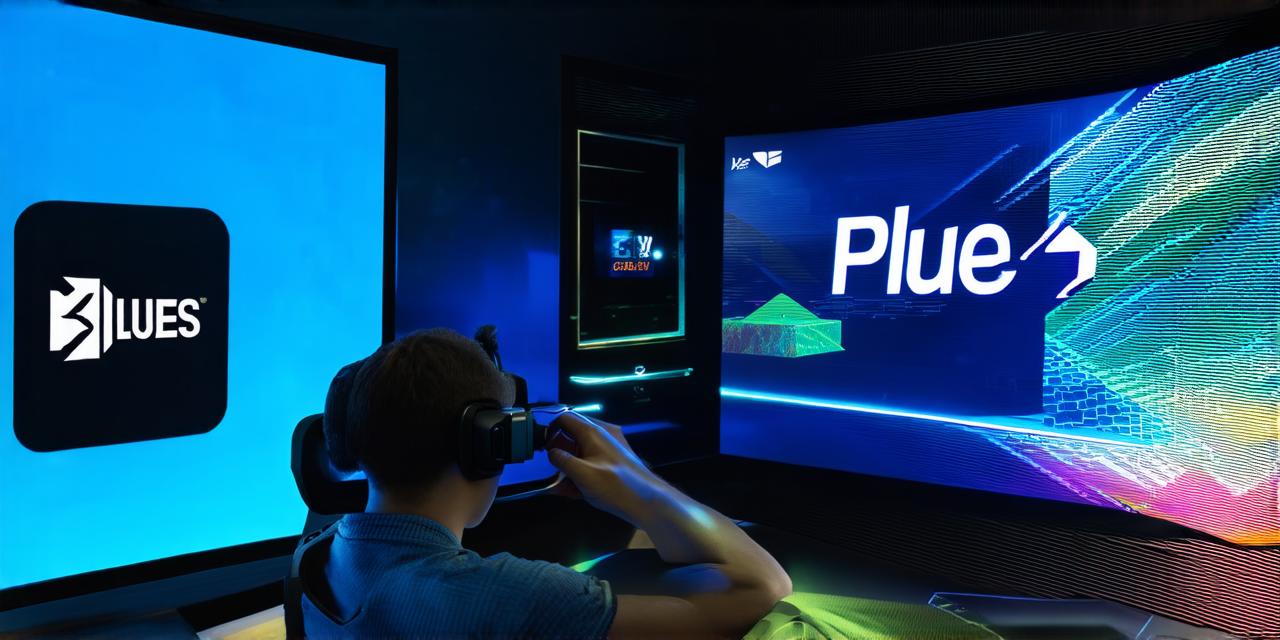Virtual reality (VR) technology is revolutionizing the way we interact with digital content. With the release of Unreal Engine 5, developers now have access to a powerful set of tools that enable them to create immersive VR experiences like never before.
Unreal Engine 5: A Powerful Platform for Virtual Reality Development
One of the key advantages of Unreal Engine 5 is its ability to deliver stunningly realistic graphics in VR environments. The engine uses advanced rendering techniques such as ray tracing, which simulates the behavior of light to create highly detailed and lifelike visuals.
This makes it possible to create VR experiences that transport users into fully immersive worlds, where they can interact with objects and environments in a way that feels completely natural.
Advanced Physics Simulation
Another important feature of Unreal Engine 5 is its advanced physics simulation capabilities. The engine includes a wide range of physical effects such as gravity, friction, and collisions, which enable developers to create highly realistic and interactive VR environments.
This makes it possible to simulate complex interactions between objects in the virtual world, allowing users to explore and manipulate them in ways that feel natural and intuitive.
Seamless Multiplayer Experiences
Unreal Engine 5 also includes support for seamless multiplayer experiences in VR environments. With this feature, developers can create VR games and applications that allow multiple users to interact with each other in real-time.
This makes it possible to create social experiences that foster collaboration and teamwork, as well as competitive games that push players to their limits.
Interactive Narratives
Finally, Unreal Engine 5 provides developers with powerful tools for creating interactive narratives in VR environments. The engine includes a wide range of storytelling features such as dialogue trees, branching narratives, and non-linear gameplay, which allow developers to create complex and engaging stories that respond to user choices and actions.
This makes it possible to create VR experiences that are not only immersive and interactive but also emotionally resonant, allowing users to connect with the story on a deeper level.

Real-Life Examples of Unreal Engine 5 in Action
One of the most exciting applications of Unreal Engine 5 is in the development of VR games and experiences for the Oculus Quest 2. The engine has been used to create a wide range of titles that showcase its capabilities, including “Beat Saber,” “Job Simulator,” and “Pavlov’s Dogs.” These games demonstrate how Unreal Engine 5 can deliver stunning graphics, advanced physics simulation, seamless multiplayer experiences, and interactive narratives in VR environments.
The Future of Virtual Reality: A Look at What’s to Come
As Unreal Engine 5 continues to evolve and improve, it’s clear that the future of virtual reality is bright. The engine is being used to create a wide range of innovative VR experiences that push the boundaries of what’s possible in this medium. From immersive educational environments to cutting-edge gaming experiences, Unreal Engine 5 is paving the way for a new era of interactive storytelling and exploration.



